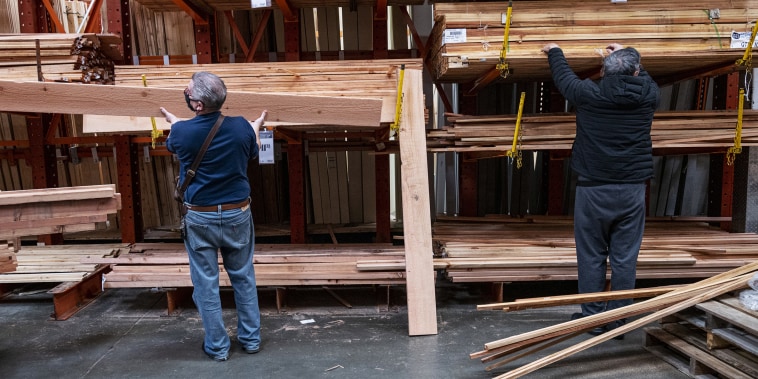The housing market has long been a significant indicator of economic stability and consumer confidence in the United States. It plays a crucial role in driving various sectors of the economy, including construction, retail, finance, and home improvement. Recent trends have shown that while fewer homeowners are taking on major remodeling projects, the demand for home improvements remains solid. This trend reflects a shift in consumer behavior and preferences in response to changing economic conditions and lifestyle needs.
One of the key factors influencing the decline in major home remodeling projects is the impact of the COVID-19 pandemic. The uncertainty surrounding the economy and the widespread job losses have made many homeowners more cautious about undertaking expensive renovation projects. In addition, the disruption to supply chains and fluctuations in material costs have further discouraged homeowners from initiating large-scale remodeling projects. These challenges have led many homeowners to reconsider their renovation plans and opt for more modest and cost-effective improvements instead.
Despite the decrease in major remodeling projects, the demand for home improvements remains consistent. This is largely driven by the ongoing trend of spending more time at home due to remote work arrangements and social distancing measures. Homeowners are increasingly looking to enhance the functionality, comfort, and aesthetic appeal of their living spaces to accommodate their evolving lifestyle needs. As a result, smaller-scale projects such as kitchen and bathroom updates, outdoor living enhancements, and energy-efficient upgrades have become more popular among homeowners.
Another factor contributing to the solid demand for home improvements is the prevalence of aging housing stock in the United States. Many homes are in need of maintenance, repairs, and updates to meet modern standards and preferences. This presents an opportunity for homeowners to invest in improving their properties, not only for their own comfort and enjoyment but also to increase the resale value of their homes in the competitive real estate market.
Furthermore, the rise of virtual design services and digital tools has made it easier for homeowners to plan and execute home improvement projects without the need for in-person consultations. This shift towards virtual remodeling consultations and online shopping for home improvement products has streamlined the renovation process and made it more accessible to a wider range of homeowners.
In conclusion, while the number of major home remodeling projects may be on the decline, the demand for home improvements remains solid. Factors such as the impact of the COVID-19 pandemic, changing consumer preferences, aging housing stock, and the availability of virtual design services have all contributed to this trend. Homeowners are adapting to the current economic and social landscape by focusing on smaller-scale projects that enhance the functionality, comfort, and aesthetic appeal of their homes. As the housing market continues to evolve, the home improvement industry is poised to meet the diverse needs of homeowners seeking to make their living spaces more comfortable, efficient, and stylish.
